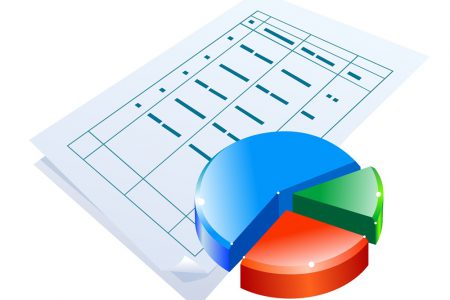Traditional Data Architectures: Relational Databases
Databases are essential in working with large amounts of data. Managers leaders and decision-makers need to choose the right approach when working on a large data project distinguishing among multiple database types and their use cases. A relational database is a primary traditional data architecture commonly used by most businesses. Working with relational databases has some key advantages but also poses certain limitations. In this course learn how critically evaluate and work with relational databases. Explore normalization and denormalization of datasets along with specific use cases of these opposite approaches. Examine two main online information processing systems Online Transaction Processing (OLTP) and Online Analytical Processing (OLAP) systems. Finally investigate the concepts of data warehousing data marts and data mining. Upon completion youll be able to identify when and how to use a relational database.


